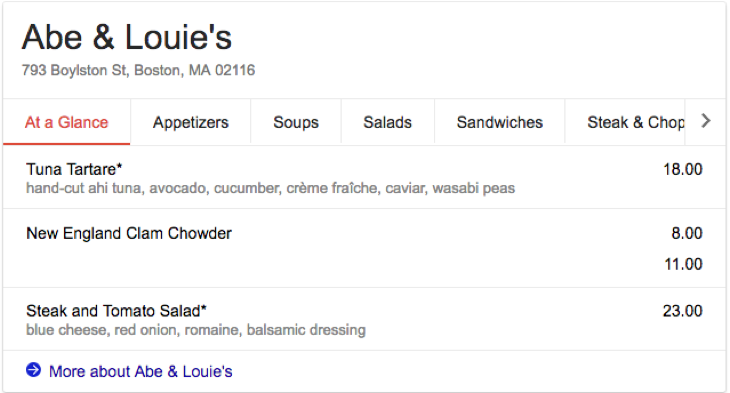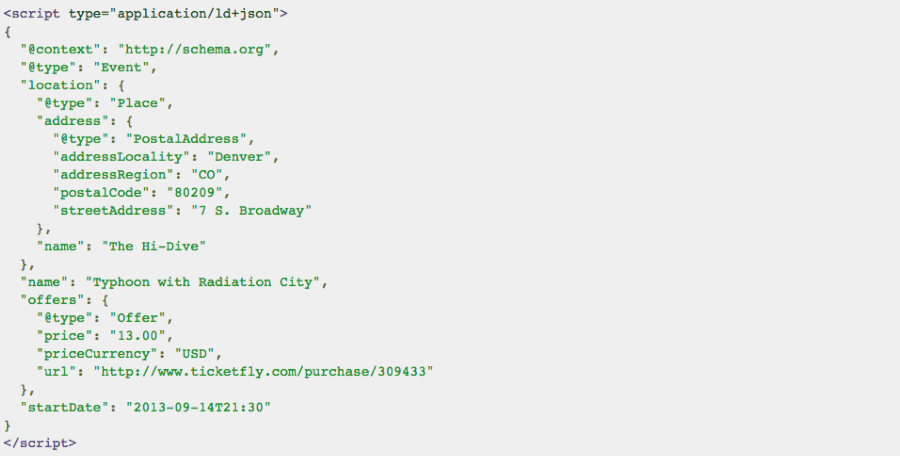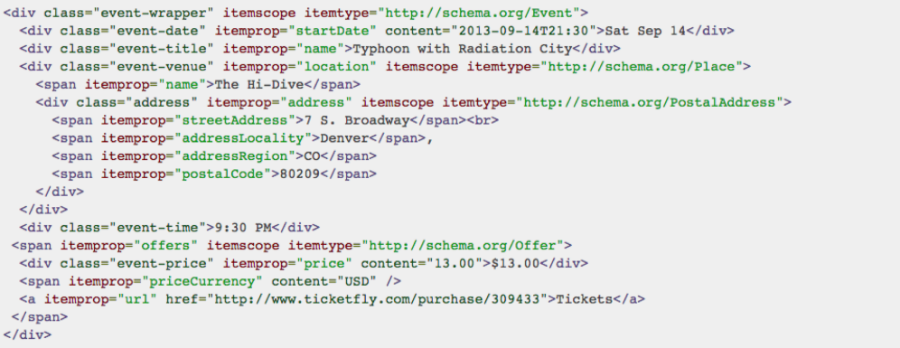TechSEO Boost: “Implementing and Tracking Semantic Markup with Google Tag Manager” Recap
January 8, 2018If you haven’t heard, something big happened on November 30th, 2017 in Boston. Catalyst united the best SEO minds in the industry to host TechSEO Boost, the industry’s first-ever digital marketing event 100% dedicated to technical SEO. There were too many insights and leanings to fit into one blog post, so we are publishing an entire series of presentation recaps. In this particular recap, we’ll focus on the presentation titled “Implementing and Tracking Semantic Markup with Google Tag Manager,” presented by UpBuild’s Mike Arnesen and Ruth Burr Reedy.
Why Semantic Markup?
Semantic markup helps the search engines extract valuable data about a page. By getting very specific and leaving ambiguity out of the equation, we can essentially help the search engines define what a page is about in an instant. Furthermore, it saves you time as a marketer and is key for Google rich snippets and Google Voice Search.
Two standard Schema markups that all sites should be using are:
- Organizational Schema
- Breadcrumbs Schema
New Trends in Google
Recently, Google has been pulling data from multiple external sources to help display information or calculate the relevancy of certain sites for a particular query. For example, menu data for restaurants is being taken from several aggregators and being pulled into rich snippets even when a website may not contain menu data on their own website.
(Source: Google)
New Schemas with Version 3.3
In addition to changes Google has been making in the SERPs, there have also been new Schema types to be introduced with Schema 3.3 that are worth noting:
- “How To” – http://schema.org/HowTo
- Salary Range/Job Posting – http://schema.org/JobPosting
- Podcast Structured Data – https://developers.google.com/search/docs/data-types/podcast
- Paywall Content Markup – https://developers.google.com/search/docs/data-types/paywalled-content
JSON- LD Vs Inline
JSON-LD is the preferred method of implementing markup due to the ease of implementation. However Mike and Ruth were very clear on the characteristics of each method.
JSON-LD Implementation Highlights
- Self-contained script (cleaner, organized, faster)
- Info doesn’t have to be nested on page to be marked up
- No need for a developer or FTP access
- Quicker, faster, and easier
Inline Implementation Highlights
-
- Baked into the source of the page
- Typically will require a developer to implement
- Content changes most likely will break data’s structure
- Span tags can be tricky to work with
Static JSON-LD
Static JSON-LD is good for a website that doesn’t change frequently. Additionally, Google Tag Manager can be used to implement the necessary tags to the appropriate elements on the page quickly and easily. See Google’s Introduction to Structured Data for a detailed guide on step by step implementation.
Dynamic JSON-LD
For websites that have constantly changing content such as price data you will want to implement dynamic JSON-LD. To do this, it will be necessary to first extract the variables needed to implement tags on. Chris Goddard lays out a very clear process for this on Moz. Note, Dynamic JSON-LD can be tricky at first, so make use of the preview function in GTM to ensure that what is being marked up is working correctly.
Ready to Learn More?
At the end of the day, it’s clear that implementing markup (more specifically JSON-LD) with the Google Tag manager is the easiest and most time sensitive tactic for ensuring your site’s data is marked up. If you’re ready to learn more you can catch Mike and Ruth’s whole TechSEO Boost presentation here. And, you can always drop us a line at info@catalystdigital.com to learn how Catalyst can help take your technical SEO to the next level.








